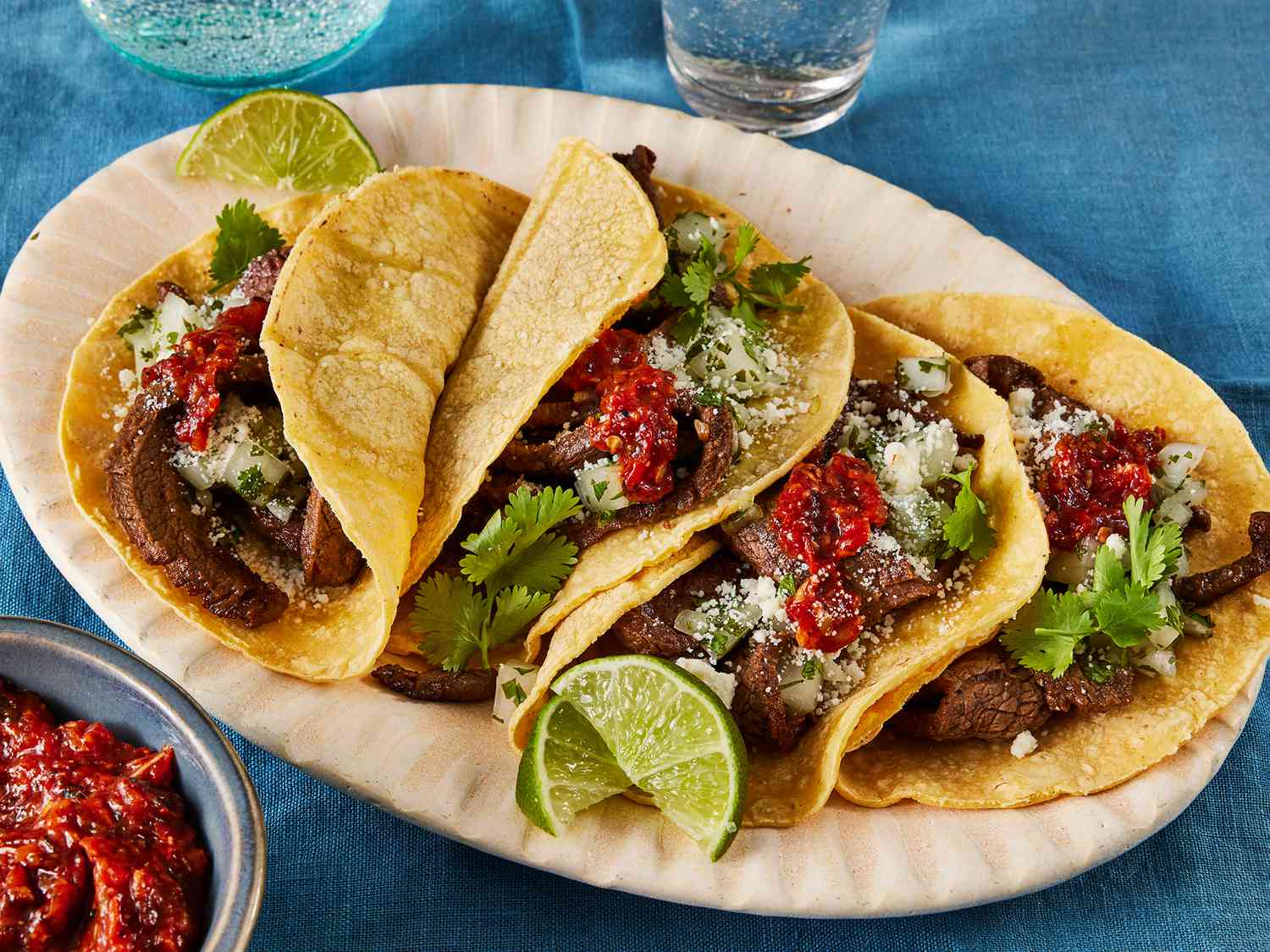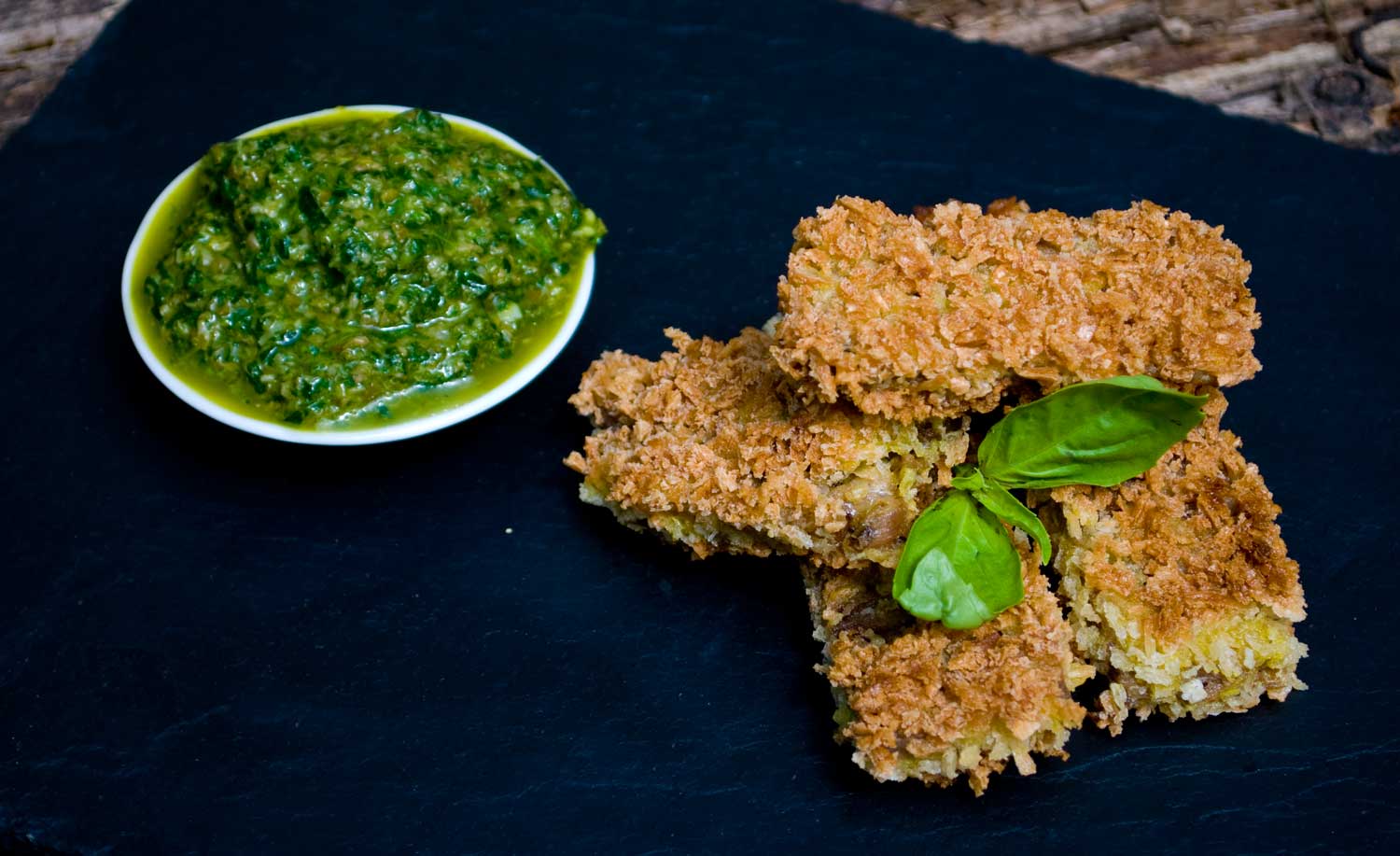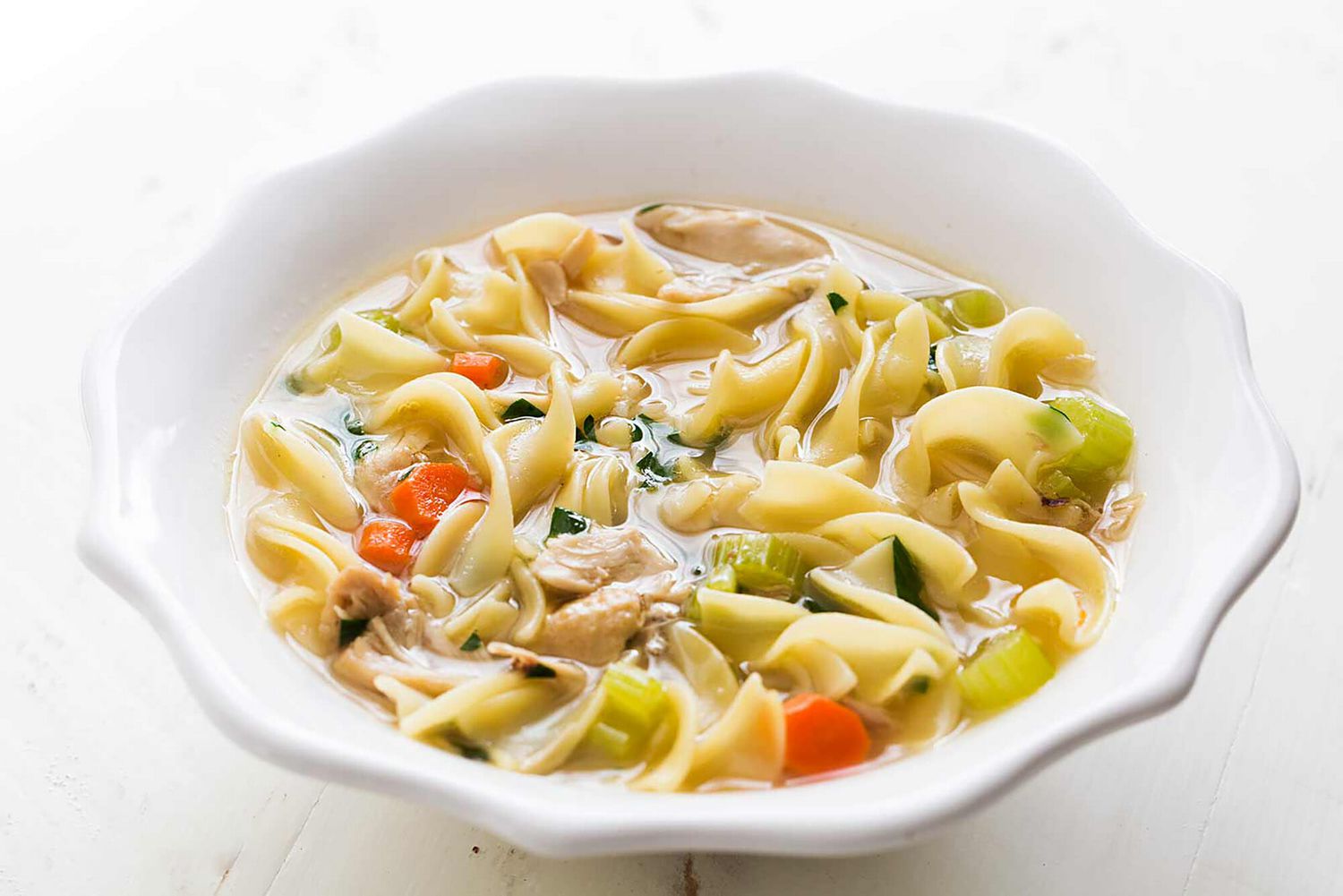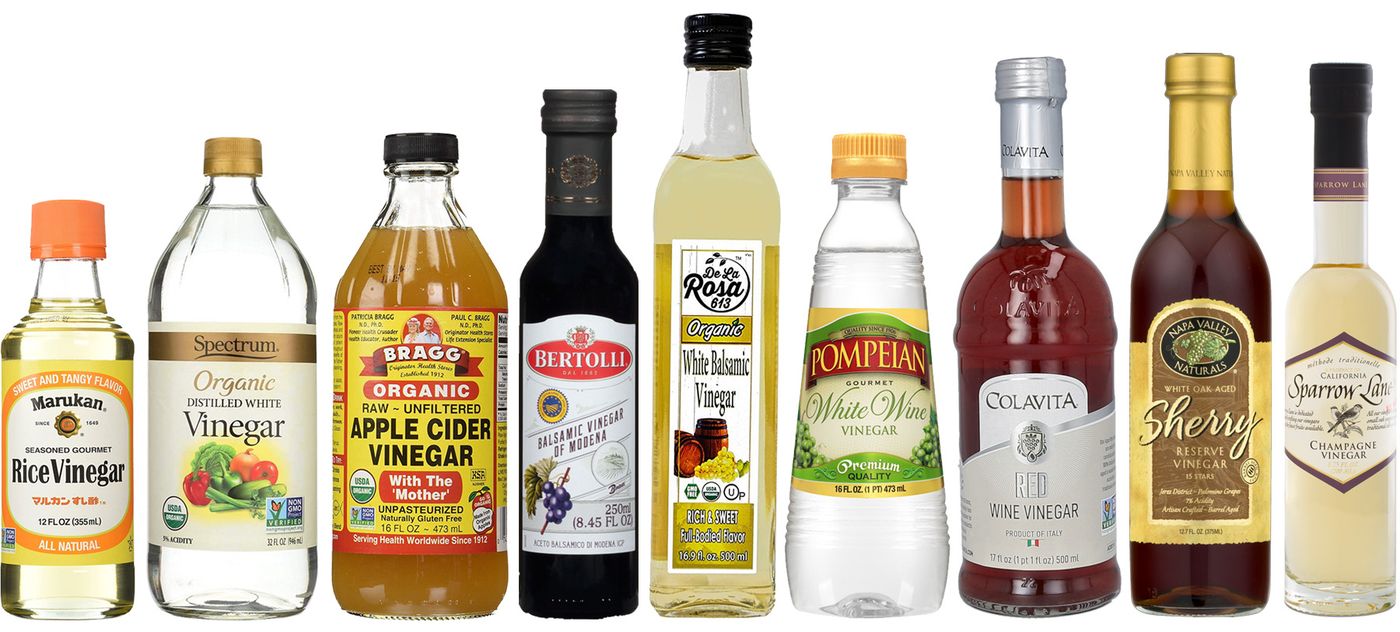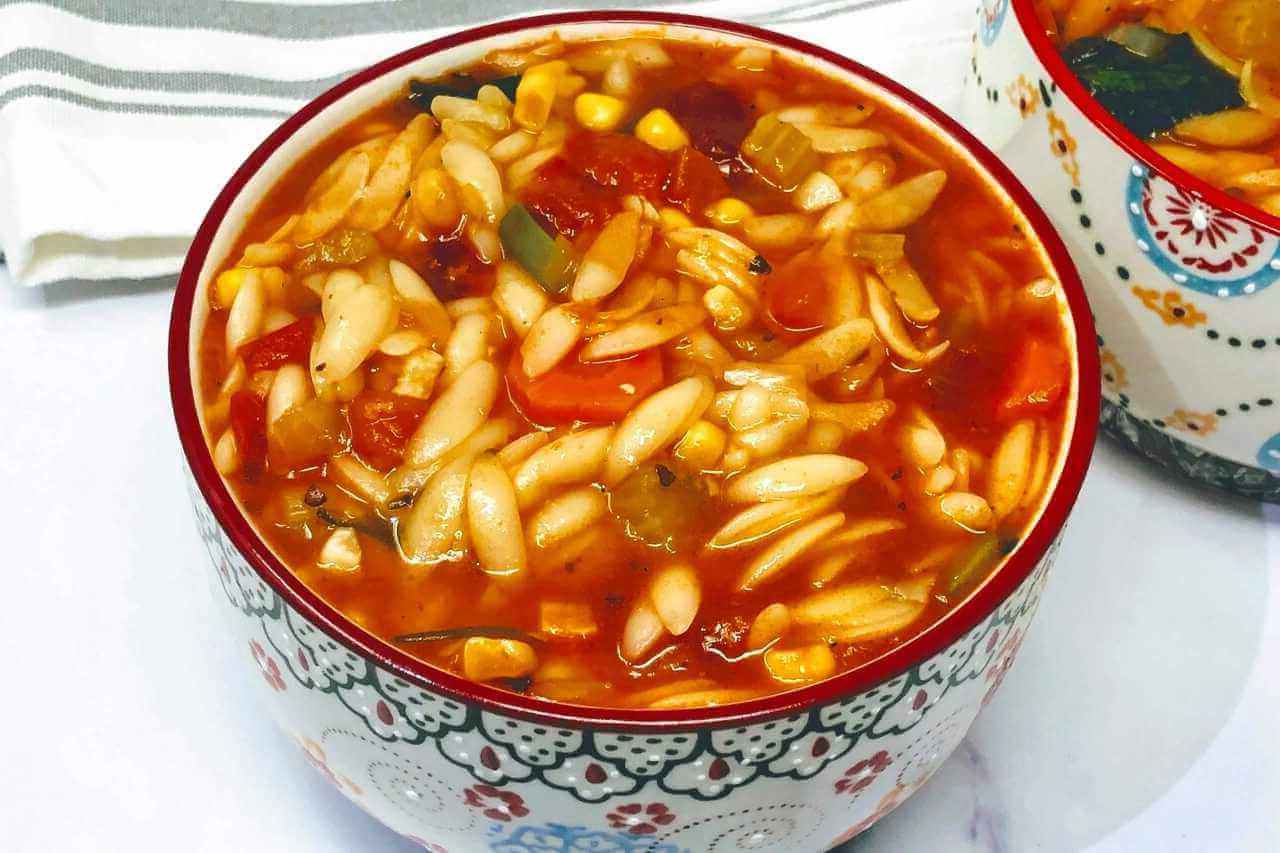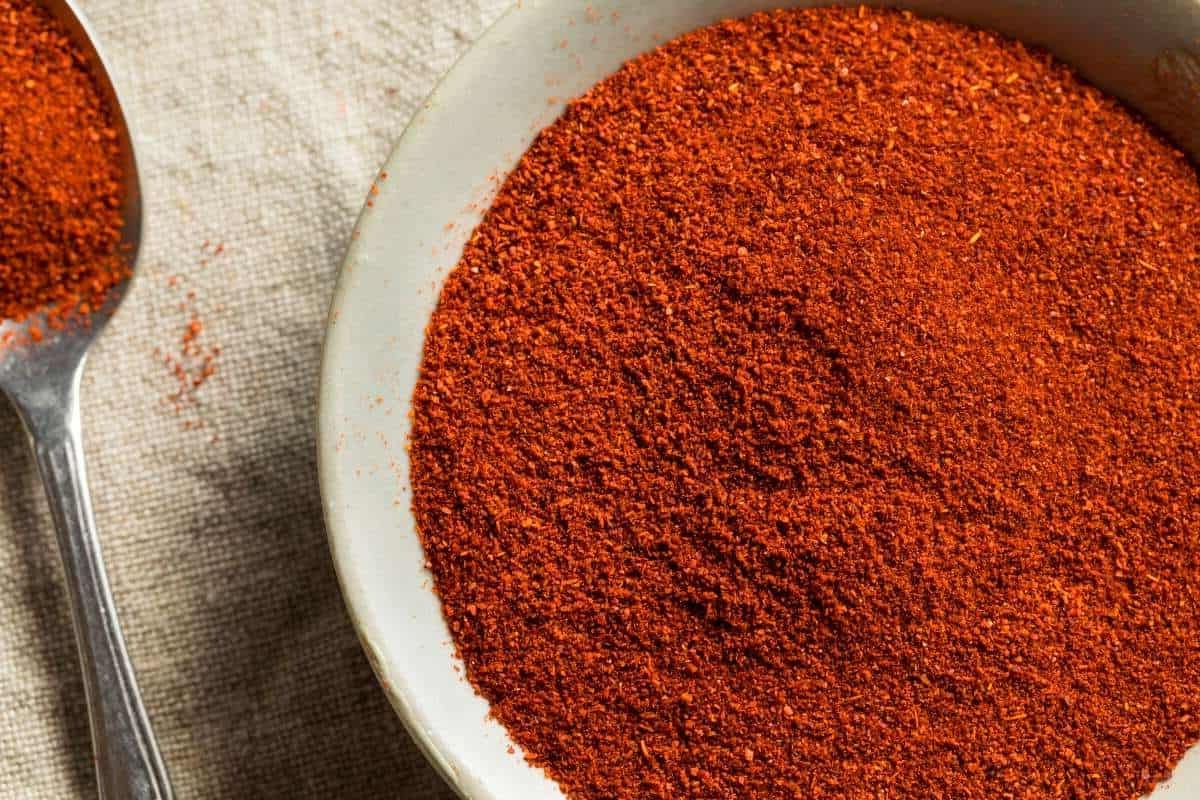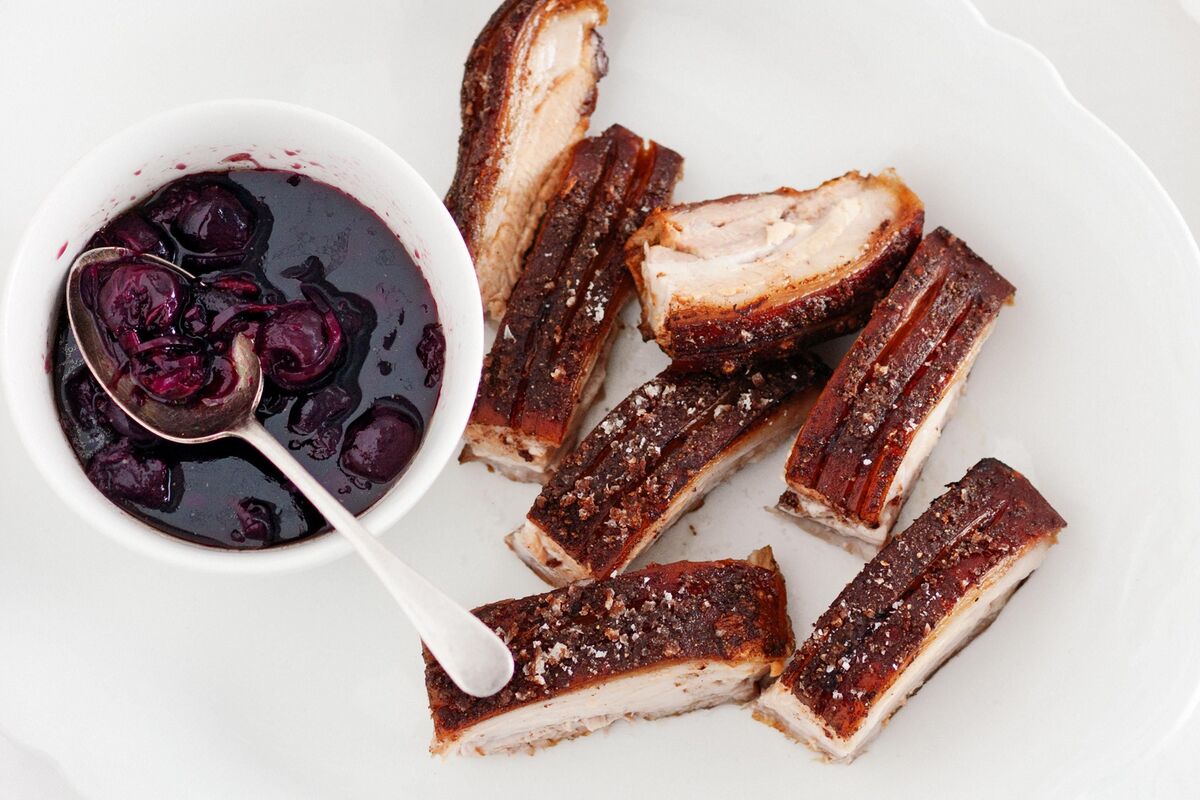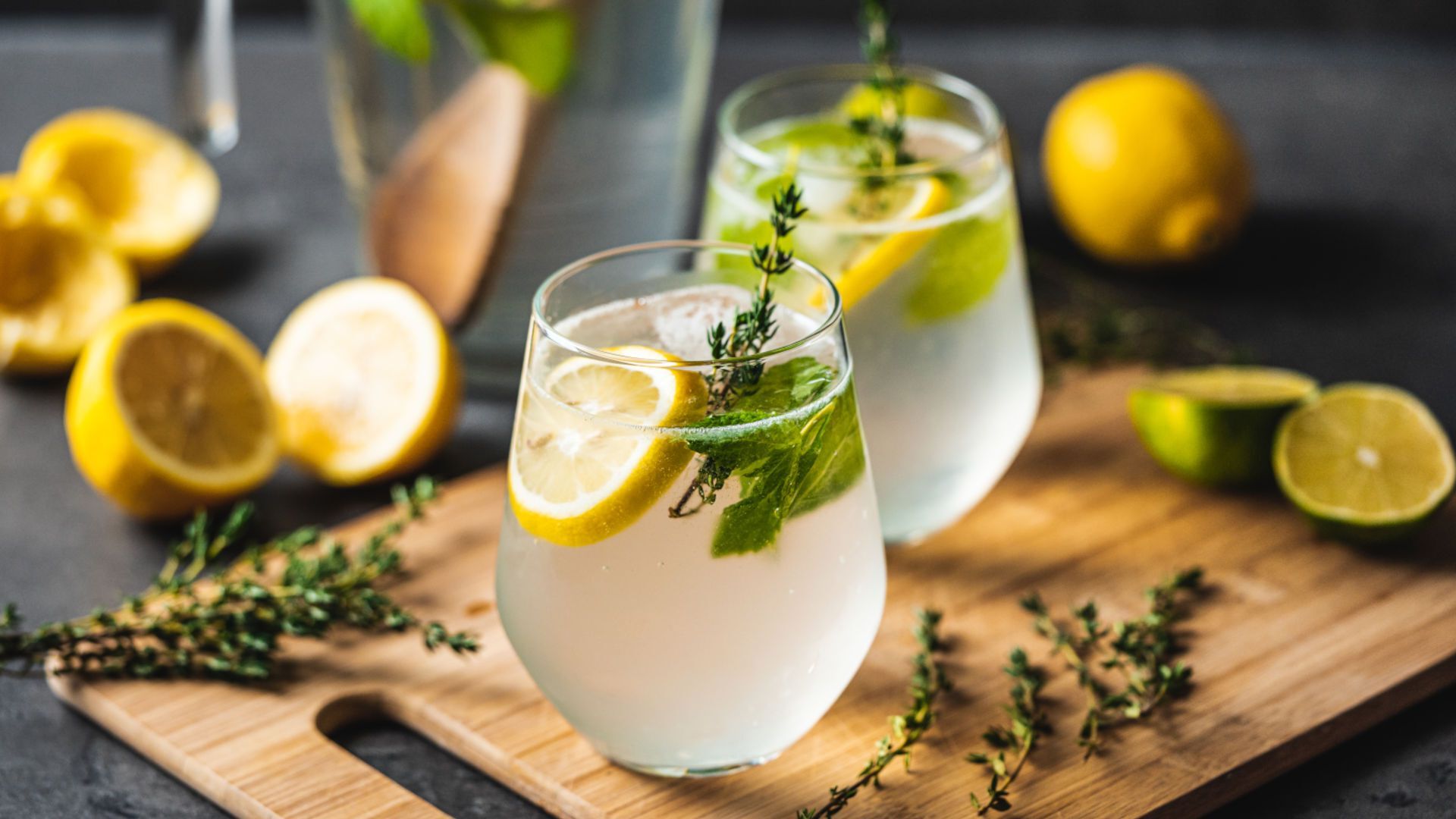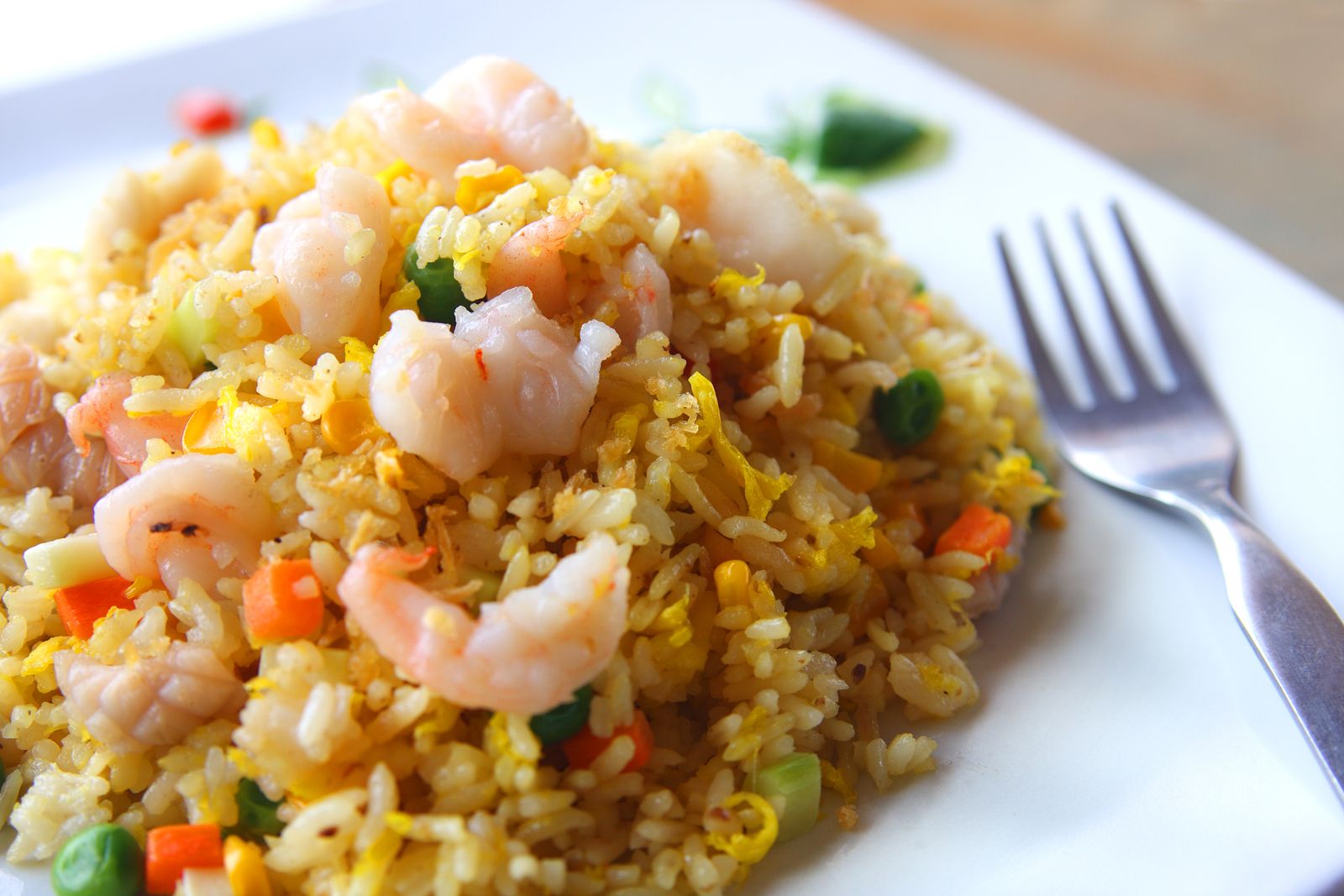When it comes to adding flavor and spice to your dishes, curry powder is a popular choice. With its vibrant color and aromatic blend of spices, yellow curry powder is a staple in many kitchens around the world. But what exactly is yellow curry powder, and how is it used in cooking? Let's dive into the world of yellow curry powder and explore its origins, ingredients, and culinary uses.
Origins of Yellow Curry Powder
Yellow curry powder is a key component of Indian and Southeast Asian cuisine. It is believed to have originated in India, where the combination of spices varies from region to region. Over time, the blend of spices made its way to other parts of Asia, including Thailand, where it became an essential ingredient in Thai cuisine.
Ingredients
Yellow curry powder typically contains a mix of spices that contribute to its distinct flavor and color. While the exact ingredients can vary, common components of yellow curry powder include:
- Turmeric: This vibrant yellow spice not only gives the curry powder its color but also adds a warm, earthy flavor to dishes.
- Coriander: Known for its citrusy and slightly sweet taste, coriander seeds are a fundamental part of yellow curry powder.
- Cumin: With its nutty and peppery flavor, cumin adds depth to the overall taste profile of the curry powder.
- Fenugreek: This spice has a slightly bitter taste and is often used in curry powders to enhance the overall aroma and flavor.
- Other spices: Depending on the specific blend, yellow curry powder may also contain ingredients such as ginger, mustard seeds, cinnamon, and cardamom.
Culinary Uses
Yellow curry powder is incredibly versatile and can be used in a wide range of dishes. Here are some popular culinary uses for yellow curry powder:
- Curries: As the name suggests, yellow curry powder is a key ingredient in yellow curry dishes. When combined with coconut milk, vegetables, and protein such as chicken or tofu, it creates a rich and flavorful curry.
- Marinades: Yellow curry powder can be mixed with oil, yogurt, or coconut milk to create a delicious marinade for meats, seafood, or vegetables.
- Soups and Stews: Adding a spoonful of yellow curry powder to soups and stews can elevate the flavor profile and add a hint of warmth to the dish.
- Rice and Grain Dishes: Sprinkling yellow curry powder into rice or grain-based dishes can infuse them with a delightful aroma and taste.
Health Benefits
In addition to its culinary uses, yellow curry powder also offers some potential health benefits. The presence of turmeric in the blend provides anti-inflammatory and antioxidant properties, while other spices like cumin and coriander are known for their digestive benefits.
In Conclusion
Yellow curry powder is a versatile and flavorful spice blend that adds depth and complexity to a wide variety of dishes. Whether you're a fan of Indian curries, Thai cuisine, or simply looking to spice up your cooking, yellow curry powder is a must-have in any kitchen. With its rich history, diverse ingredients, and culinary uses, it's no wonder that this vibrant spice blend has become a beloved staple in kitchens around the world.
Was this page helpful?
Read Next: What Is A Substitute For Buttermilk?
